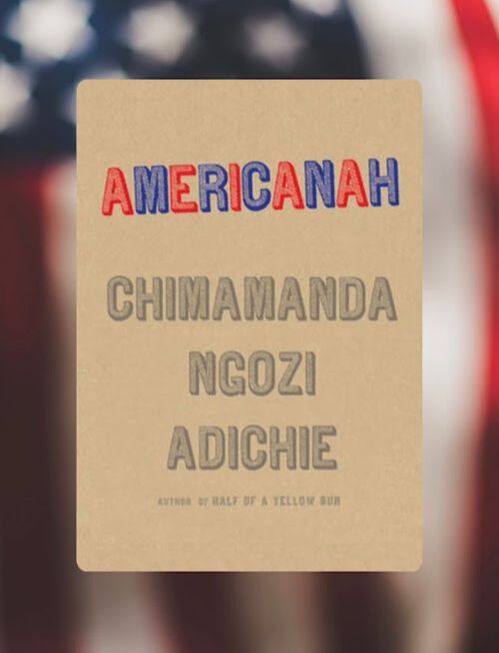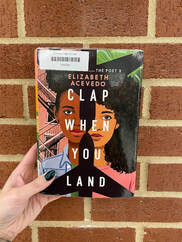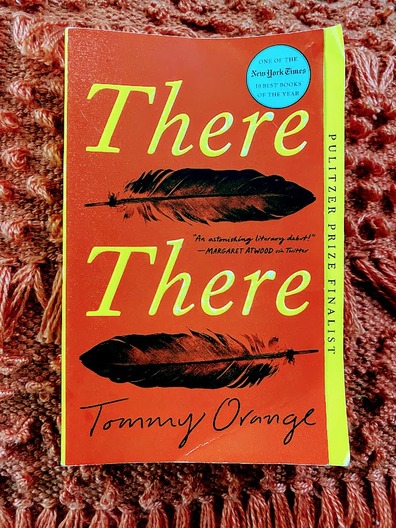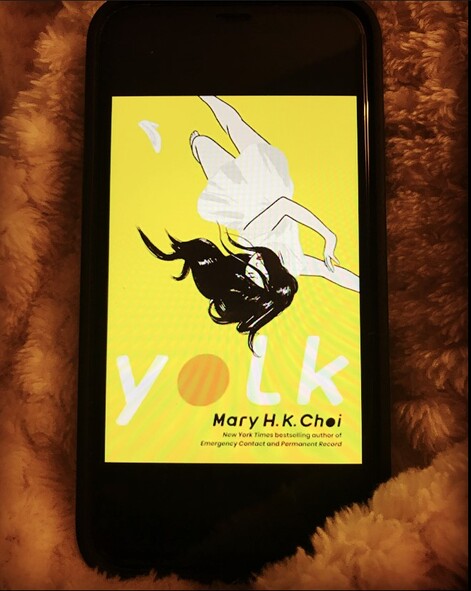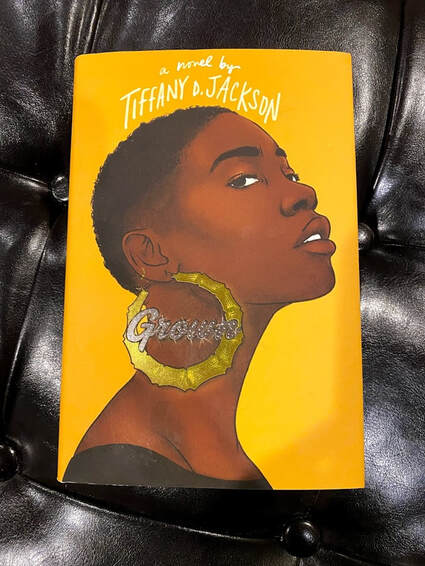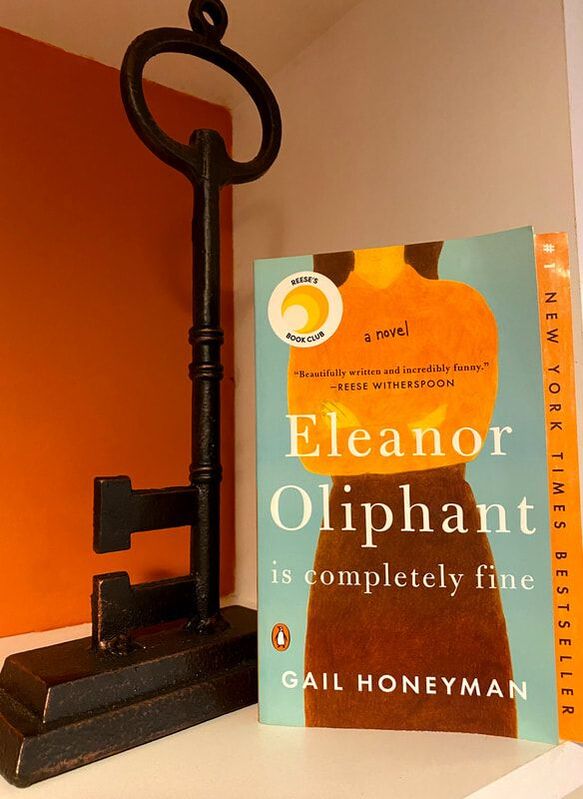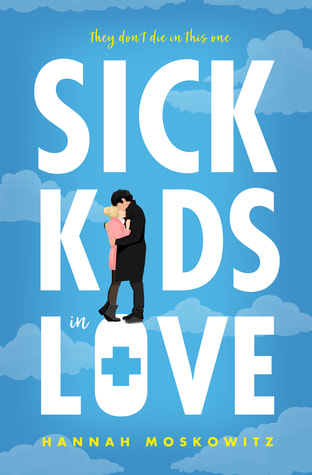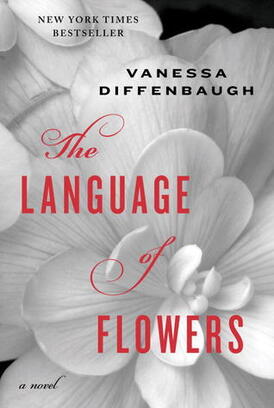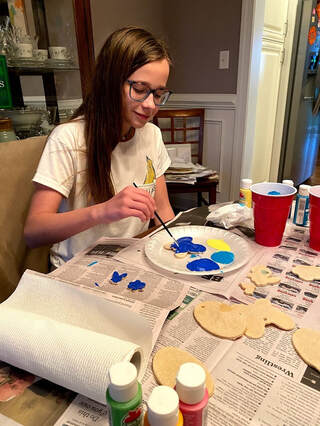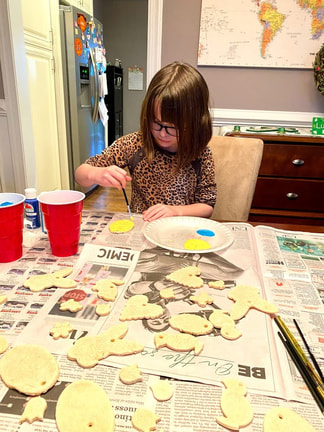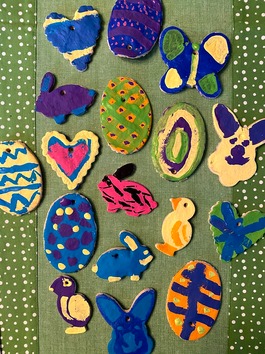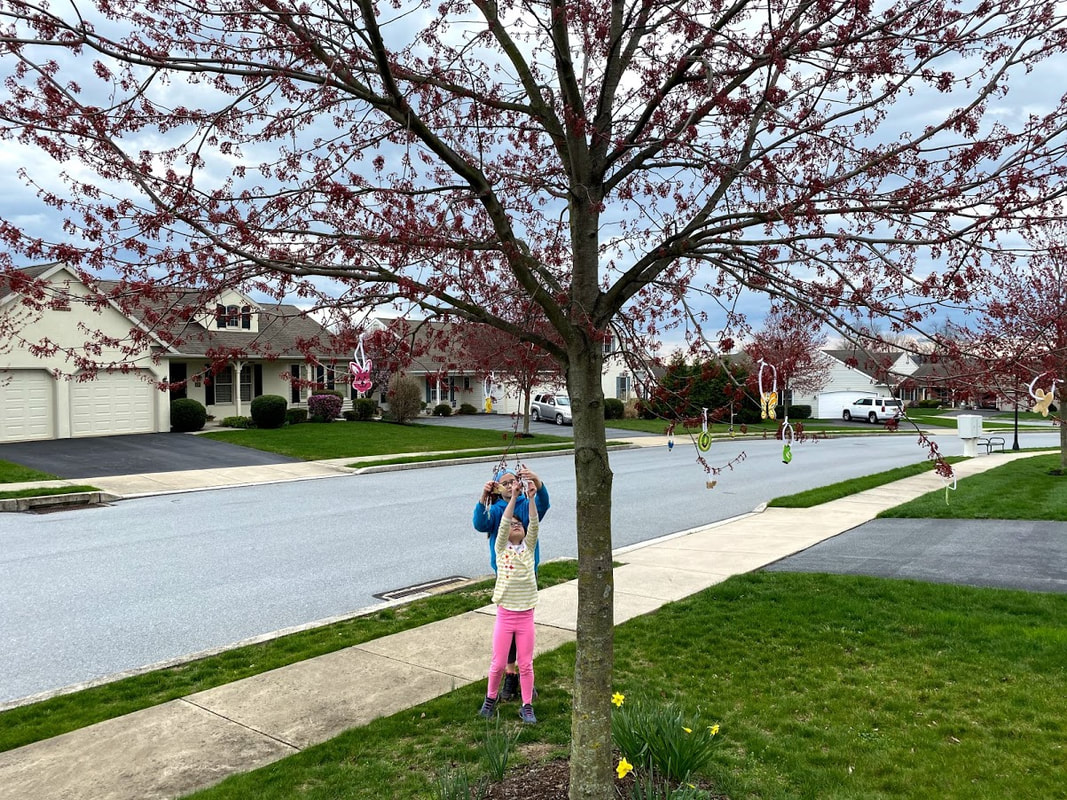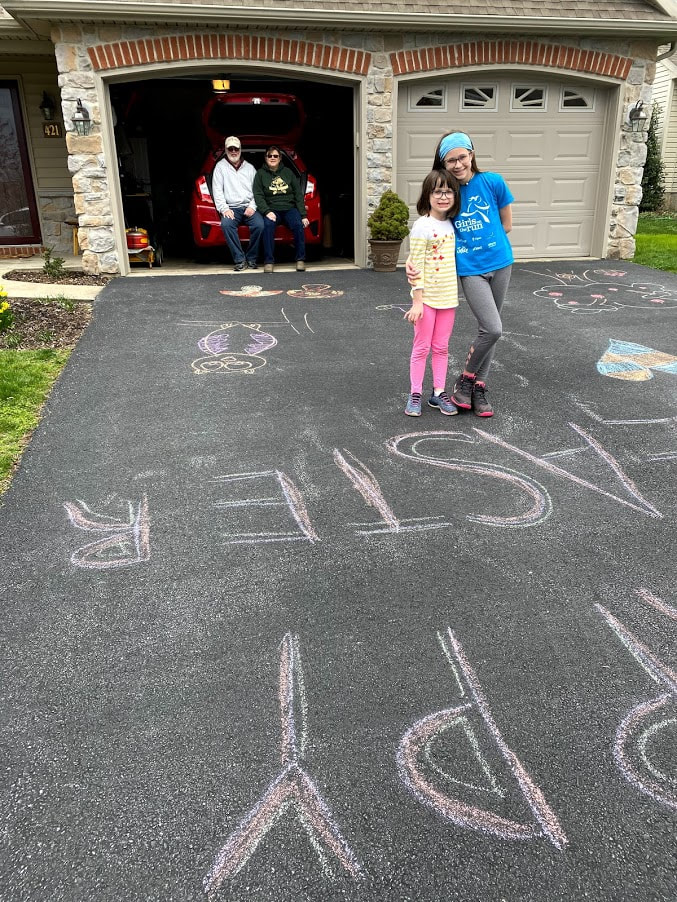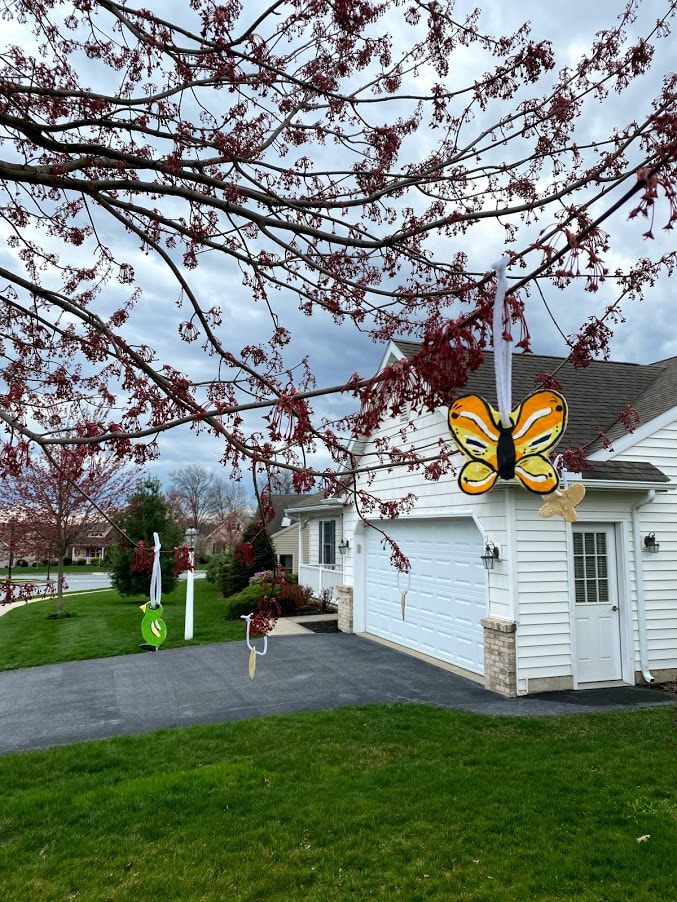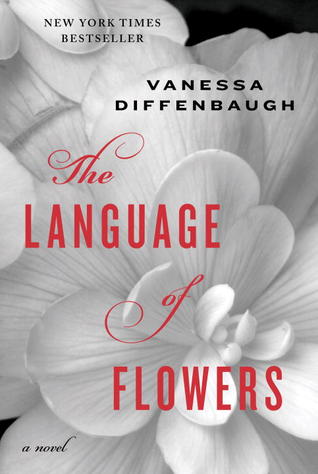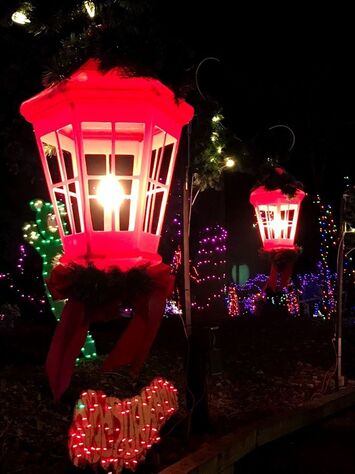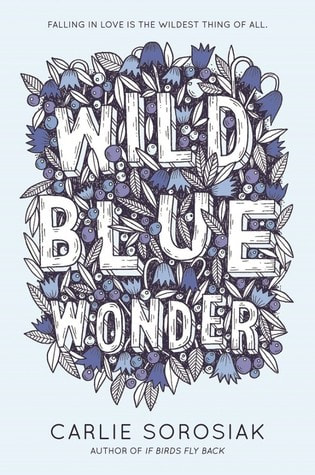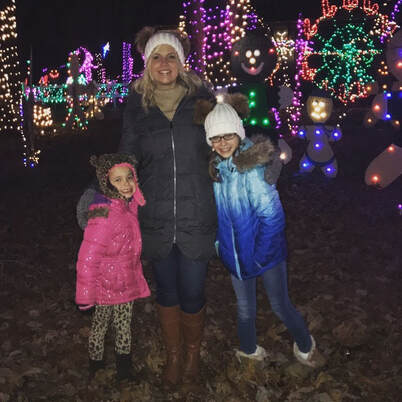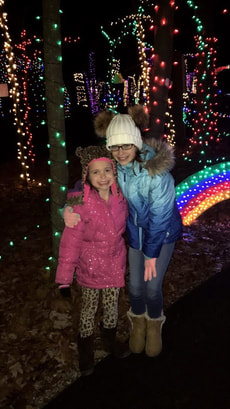|
I expected to fly through this and then gush over it with my other book friends but instead, I slogged through for weeks and found myself avoiding it entirely. It starts with an engrossing love story between Ifemelu and Obinze as young Nigerians. Ifemelu heads to America with the plan for Obinze to join her, and things don’t happen as they intend. Ifemelu is faced with what it’s like to be Black in America and begins writing a blog. Her reflections on race, culture, identity, and immigration are thought-provoking and eye-opening. She writes about what it’s like to be Black in Nigeria versus in America. When Adichie leads with her characters, the book is amazing. When she strays and takes on commentary, it gets choppy, long, and burdensome. Her heavy introspection forces the plot away from the characters and loses the beautiful story-telling that captured my interest early in the book. I longed for Ifemelu and Obinze to tell more of their story but by the end, the momentum crashed and burned. It ended up feeling like a set of disconnected short stories with a thin thread of commonality that never created anything whole.
0 Comments
Get this one on your shelf book friends! I may be a convert. I’ve always complained about verse novels, and here I am falling in love with another one. Home is Not a Country took my breath away, and now Clap When You Land revived me. Rich with sadness, longing, loss, and the complexities of being a young adult dealing with tragedy and trauma, this book is a powerhouse. A father dies in a plane crash on his way to the Dominican Republic. Two daughters mourn his tragic death – one in New York City and one in the Dominican. Each girl doesn’t know the other exists until they start piecing things together. In their grief, they find ways to deal with their anger and find forgiveness, family, and each other. Elizabeth Acevedo paints a picture of two very different settings, both colorful and charming. I love how each character tells her story in the back-and-forth chapters, slowing coming to grips with this new reality and the blank spaces that used to be filled with a father’s presence. It’s a really touching story of how ties bind people together in often bittersweet, unplanned ways.
This contemporary novel reveals the voices of twelve different Native characters living in Oakland, California as each struggles to come to grips with his or her identity, history, and heritage while living in an urban community. Tommy Orange interweaves the experience of modern urban Natives with the calling of tradition as all of the characters make their way to the Big Oakland Powwow. They’re all connected in one way or another and reflect the true complexity and variety of Native culture. I really could not get into this. I appreciated the overall theme of the book, but felt disoriented by the shallow characterization and lack of historical background. For example, one of the characters discusses her experience during the occupation of Alcatraz in 1969, and I was completely lost. I don’t know enough about this historical event and felt adrift because it wasn’t explained. I guess I would have a better appreciation for this one if I had more historical context, and It did inspire me to do some research. There are a lot of characters, and this is a short book. I just couldn’t really connect with them, and it read more like individual short stories than a novel with the exception of the very end when things come together. I think the goal was to show all of the characters’ varied lives and experiences in a modern setting and not focus on history as much, but I still felt disconnected along the way.
I simultaneously hated these characters and loved them beyond words. Jayne is a hot struggling mess of a person. She moves from Texas to New York City to attend fashion school bringing a collection of baggage that new scenery can’t shake off. She lives in a dump of an apartment, illegally rented and mostly disgusting. Her boyfriend is a tool who continues to use her, and her friends are inauthentic. She’s honestly just a sad sack with zero motivation to pull herself out of suffering. Her misery is raw. She’s a real character with deep self-loathing and pain that seeps out of the pages like blood from a wound. Jayne is emotionally estranged from her Korean parents and avoids her sister, June at all costs even though she also lives in New York City. She struggles to make sense of the disconnect she has with her culture, her body and the eating disorder she slowly reveals, her sibling bond or lack thereof, and the painful childhood she endured while living in Texas with immigrant parents. June reveals that she has uterine cancer, and Jayne has to come to terms with what this means for her family, her sister, and herself. June lives in a high-rise, has expensive clothes, an impressive city job, and is everything that Jayne is not. June’s cancer diagnosis not only reveals her fragility, but it also gives way to the cracks in her exacting veneer.
Although this is ultimately Jayne’s story, the sisters are each portrayed in all manner of real characterization: good, bad, and sometimes really ugly. They’re each hilarious, vulgar, self-involved, sensitive, impulsive, loving; they’re all of these things and more. I appreciate how the author, Mary H.K. Choi, doesn’t paint each sister in one single hue but rather shows each dappled in her own colors that vary by day and mood like real people are in ordinary life. This book is moody for all the right reasons, and I found it to be odd, repulsive, mesmerizing, and wonderful. It’s unique in a way that it’s not quite comparable to anything else I’ve read, and for that, I’m smitten. I like this book, but I’m dying for the cover. Finally, a cover highlighting the female protagonist to look as I imagine her; she’s straight-up dazzling. I enjoyed this YA read, but wasn’t blown away. Enchanted Jones is an aspiring singer, swimmer student athlete, and feeling like an outsider after her close family moves to the suburbs. She’s the only black girl in her school, and she’s trying to figure out exactly where she fits in. Cue Korey Fields, a famous adult R&B artist, who spots her at a talent audition and grooms her R. Kelly-style. Enchanted yearns to be a professional singer but is also at a tender age when teens are just trying to figure out who they are. She notices Korey’s controlling behavior but writes it off because he’s an adult, and she believes in him. Korey gaslights her and manipulates her family into trusting him. Tiffany D. Jackson does a good job showing the subtle ways that Enchanted’s abuser creeps into all parts of her life, taking advantage of her drive to be a singer and alienating her from her loved ones and friends. The book starts off with a shocking scene where Enchanted wakes up to blood everywhere and a body. The murder mystery element gets convoluted in the end and is ultimately where I lost interest in the book. I also found the plot was too carbon copy replica of the R. Kelly scandal. I wanted Enchanted’s story to be more of her own instead of what felt like a re-telling. With that said, it’s a book that will surely resonate with many young adults.
Eleanor Oliphant is bizarre and responds to people with such a black and white obliviousness that she's rude and misunderstood. She's also deeply lonely and doesn't realize it. She lives each day with order and repetition that includes minimal contact with other people, vodka, frozen pizza, and her mundane office job. Then the order of her life gets thrown off track when she meets new IT guy, Raymond, and his warmth and gentleness show Eleanor how much friendship and love are missing from her life. She begins to slowly reveal her childhood trauma and the lingering effects of a desolate upbringing. Eleanor starts off as a pitiful, sad character, but painfully develops into a likeable oddball who braves the deluge of emotions locked away to create a better, completely fine life. Eleanor was so hard to read at first, and I thought I would dislike this book right away. Honeyman has clearly mastered character development, and it's a sweet read up until the last word.
This is a young adult romance with a contemporary twist. There are tons of books out there with teenagers battling rare and complicated illness while falling in love with someone. This one is a little different so it's nice to see some plot changes within the genre.
 Sick Kids in Love by Hannah Moskowitz Sick Kids in Love by Hannah MoskowitzMy rating: 3 of 5 stars Based on the tons of glowing reviews for this book, mine is going to be highly unpopular. I like the simplicity of the title. I love how Isabel writes a column where she asks people questions but offers no advice. I like how the characters are two teens living with chronic illness. Isabel tries hard to repel her feelings for the gorgeous, funny, and completely loyal Sasha but ultimately grows to appreciate finding someone who can relate to the world of illness and chronic pain. I like the message that everyone's pain or problems are relevant no matter how big or small they may seem. They're important and life-altering for that person, and that's all that matters. I can see how high school kids would love this, but I just couldn't get into it. In fairness, I read a lot of YA and am fairly critical. It's not your typical YA romance fluff; there's substance to it. I just didn't really like Isabel, and she carries the story. She's terrible at letting people know her feelings, and it often makes her interact poorly with others. She gets upset when friends and family don't know how to respond to her battle with rheumatoid arthritis but doesn't try to explain what she needs or wants to anyone either. While it's certainly unfair she has to deal with this debilitating condition, it's also unfair that she has set expectations for how others should treat her but doesn't communicate those to the people that care about her. The romance is sweet and slow, a little weird, but lovely and realistic at the same time. I wanted to like this more. View all my reviews Prologue
Writing a travel blog during a massive quarantine is a tad bit challenging. Yes, I can pull out old material, and I will have to, but I also like to write about current things. So this has very little to do with traveling, but it's relevant for everyone now and technically, we did have to travel to deliver them. Salt dough ornaments are simple and a great way to keep kids busy on these long, endless days. You can dye the dough or paint them after they bake. I've done both, and they always turn out really cute for ornaments or decorations.
Turning Pages
Today was a bad day for everyone. There were lots of frustrated tears from both me and the kids about doing online schoolwork. Sites were crashing, sisters were fighting, the dog was pooping in his crate, the routine is different, and everyone is trying to accept this new normal. So after a really disastrous morning, we decided to deliver some cheer. A few days ago, I found a simple salt dough recipe circulating on Facebook:
1 cup flour 1/2 cup salt 1/2 cup water *We doubled it because one batch doesn't make enough for three people to paint. 
We mixed up our dough and used cookie cutters to punch out Easter shapes. Weirdly enough, I didn't have an egg shape. We grabbed a plastic cup squeezing it into an oval, and that worked just fine. We put our salt dough shapes on parchment paper-covered baking sheets and baked them at 250 degrees for two hours. Don't forget to punch holes in the tops if you intend to hang some. We just used the end of a paint brush to make the holes.
Once they cooled completely, we decorated them with acrylic craft paint and put pipe cleaners through the holes as hangers. They turned out pretty cute and kept the girls busy over a few hours for two days.
My grandma is 87 years old and lives alone. We drove to her house and surprised her with our decorations and also made a stop at my parents' house. We hung some from the trees and put some on the sidewalk. We also decorated their driveways with chalk while we were there. We made sure to stick to strict social distancing guidelines so as not to put them at risk. They all teared up, and I know it meant a lot for them to see us from a distance.
Spreading cheer today helped us heal our own lonely hearts for a brief moment in time. This book is a great complement to this theme. The main character Victoria is unable to connect with people due to her darkly troubled past, but she discovers a way to communicate through flowers. We can't communicate in person during this quarantine, but the human spirit is resilient, and we discover ways to meet our social needs through small things like phone calls, video chats, letters, gifts on porches, chalk pictures, and ornaments in trees.
 The Language of Flowers by Vanessa Diffenbaugh The Language of Flowers by Vanessa DiffenbaughMy rating: 5 of 5 stars There's a shadow of gray and darkness that lurks along every chapter in this novel and while it stalks the pages, I loved the story even more because of it. As the title may falsely lead you to believe, this is not a light, flowery book with happy endings and tidy resolutions but instead the stark, reality of someone who experiences trauma. Trauma latches it's cold, spindly fingers onto every part of Victoria's life and won't let go just because she has entered adulthood. Victoria spends the majority of her life in the foster-care system, and she is unable to develop connections with people or the world around her except through the Victorian language of flowers. Victoria learns this language of love through one foster mom that she attaches to until tragedy strikes, and she is forced back into isolation. Victoria eventually emancipates and strikes out on her own but meets up with people and secrets from her past that force her to question her place in the world and even the precious language of flowers she so staunchly clings to. Victoria is not a likeable character but she's real. Her push-back against people who are kind to her is also authentic. She's angry, downright mean, and mostly lost. I love reading about the meaning of the various flowers and how they played a role in people's destines. Victoria develops a gift for choosing just what people need in the flower shop she comes to work for, and eventually comes to terms with what she needs in her own life in order to be happy. View all my reviews Prologue
I've been to a lot of Christmas lights displays, and this is one of my favorites for its simplicity. Christmas Magic is located in York County, PA in the Rocky Ridge County Park and has a lot of cute touches that make it perfect for families looking for a quick holiday experience to share. It's a flat 0.5 mile trail through lights and several enclosed, heated pavilions. It's small but quaint and exactly the low-key thing we were looking for at the time.
Turning Pages: Things to See
This place is entirely reasonable in price. Adults are $10, and kids are $5. You have to purchase timed tickets online. The timed ticket sales cut down on massive hoardes hitting the lights trail all at once and guarantees a nicer night. There's nothing magical about slowly shuffling through a herd of people, dodging heads and bodies to see everything.
Five Heated Pavilions
We visited on a deathly cold night, and the break from the frostbite was huge. One pavilion had a real fireplace to warm up beside, and the atmosphere couldn't have been any more perfect. Train Displays There are two different train displays with all sorts of tiny figurines and scenes to spend time looking at. Santa Kids can climb up into the giant sleigh to sit with Santa and Mrs. Claus. The duo spent time talking to our girls about their hopes and dreams for Christmas, and they allow you to take pictures for free. I can't stomach it when places charge you to take pictures with Santa. This is one of the most egregious holiday sins. You can't put a price on a picture with the big guy, and this Christmas Magic does it right. They also gave the girls little gift bags after their Santa visit which was a really nice surprise. It consisted of some candy and a Turkey Hill ice cream cup and spoon - just adorable. Music One of the last pavilions we strolled through had picnic tables and a live band playing holiday hits. We had some snacks, enjoyed the tunes, and prodded the girls to get up and dance to no avail. The York Revolution's baseball mascot, DownTown, made an appearance and shook his butt all over the tables, causing the girls to double over with hilarity. Menu Pages
At first glance, this book appears to be about summer and you're probably wondering how this could possibly be paired with Christmas Magic. The real magic of this story lies in the chapters that cover the winter months of a family in the off-season and the tragedy that has them scattering in all directions through a lonely Fall only to find their way back to each other by Christmas.
 Wild Blue Wonder by Carlie Sorosiak Wild Blue Wonder by Carlie SorosiakMy rating: 5 of 5 stars This was magical - the writing, the characters, the family dynamic, the unrequited love stories, and the slow burn of it all wrapped me up so book nerdishly that I finished it in a day. There's a hint of magical realism in this but it skims along the plot instead of driving it. Quinn Sawyer falls in love with her best friend, Dylan, and a horrible tragedy strikes. The entire family loved Dylan in some form or other from her siblings to her Nana, and they all feel his loss in ways that they can't seem to share with one another. The family crumbles, and everyone is an island. I particularly loved Quinn's Nana and her best friend Hana, as they are both kind and loving in the stalwart ways we can all hope for our friends and family members to be. The Sawyer family runs a summer camp and lives on the grounds. Part of the mesmerizing nature of this book is the juxtaposition of the summer chapters from the past with the winter chapters of the present. The writing is beautiful, and it's really just a perfect little YA book. View all my reviews |
AuthorTravel All the Pages is inspired by my two loves - travel and reading, a combo I can't resist. Enjoy these little pairings. Archives
March 2023
Categories
All
|
